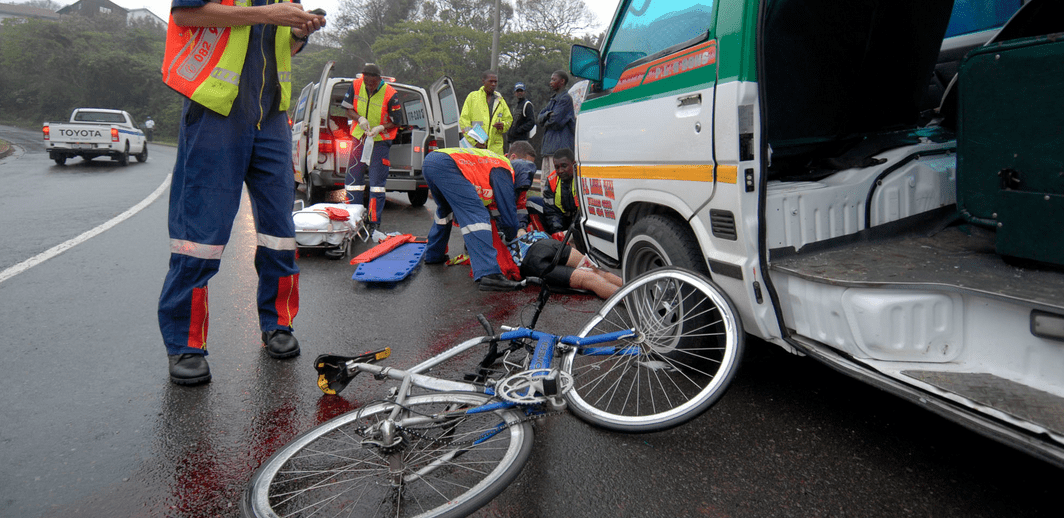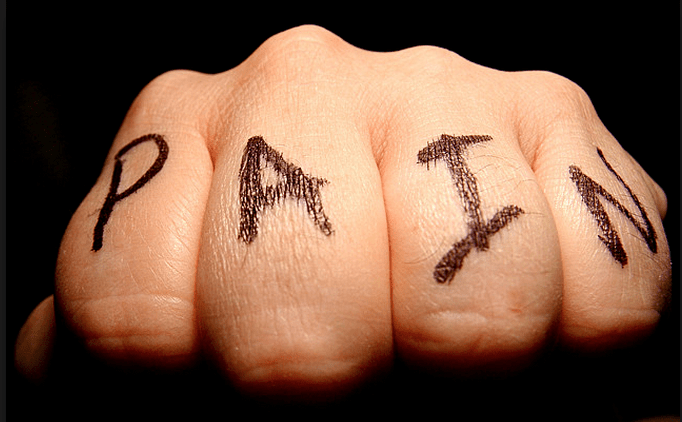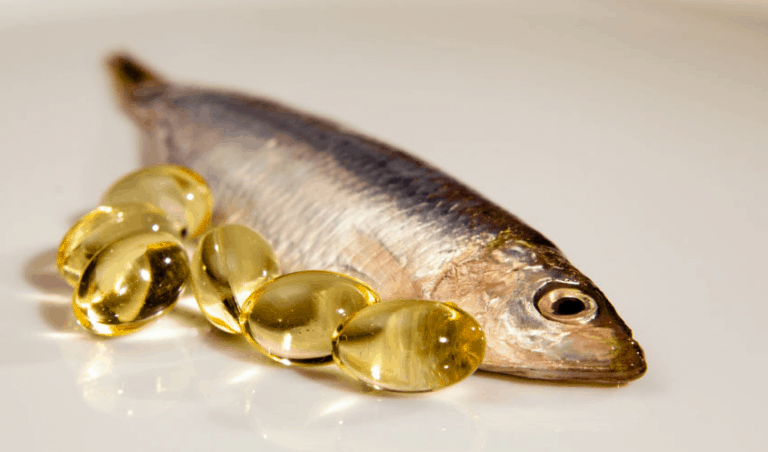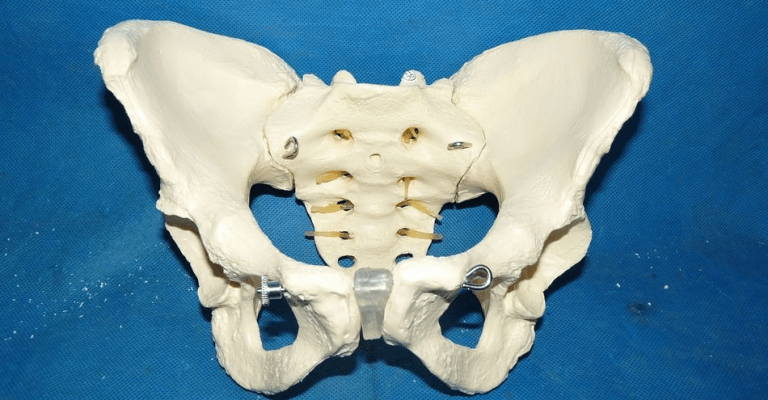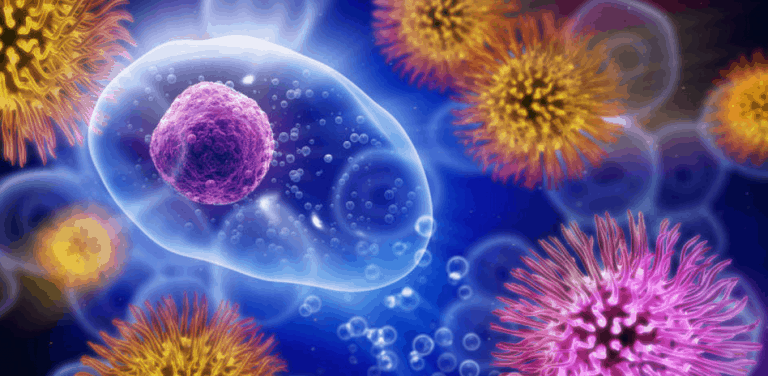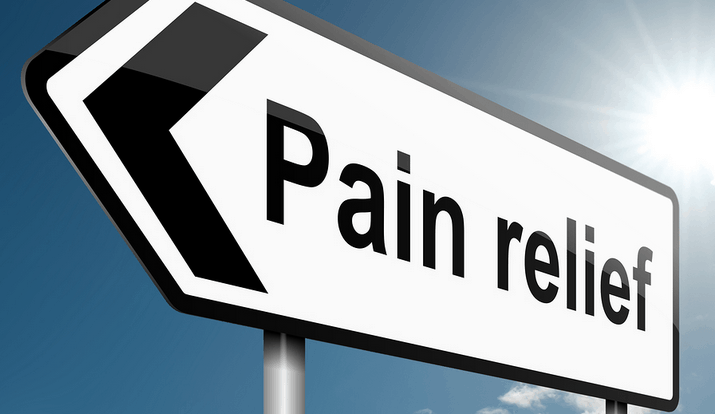Pelvic trauma refers to any type of injury or insult to the pelvic region. There are a number of different types of pelvic trauma that can cause chronic pelvic pain syndrome (CPPS). Examples of pelvic trauma can include:
- A sports injury (e.g., a ball, kick, or hockey stick impact to the groin area);
- Excessive or rough-riding of a bicycle, motorcycle, or horse;
- Automobile or cycling accident injury;
- Workplace injuries;
- Medical device insertion such as a catheter; or
- Surgery involving the groin, pelvis, or prostate (e.g., prostate biopsy or vasectomy).
Certain workplace situations can contribute to pelvic trauma. Jobs that subject the prostate area to strong vibrations from operating heavy machinery or driving a truck can lead to pelvic trauma that leads to CPPS. Heavy lifting with a full bladder can force urine back up into the prostate.
The above are just some examples of pelvic trauma that can cause prostatitis, but there are others as well. How do these injuries cause long-term pelvic pain? The pelvic trauma can set off a string of different events that lead to pain. For instance, the trauma may cause the body to release certain chemicals (e.g., chemokines and cytokines) that are associated with inflammation. And, generally, inflammation causes pain. These chemicals have a beneficial function in helping with the healing process. But that inflammation is accompanied by swelling and pain, which may linger and lead to chronic prostatitis symptoms.
Pelvic trauma can be accompanied by pain and urinary tract symptoms that are associated with the pelvic nerves and muscles. The patient may develop problems with the bladder neck and start experiencing urinary tract symptoms. Pelvis muscles may develop spasms and contribute to pain and other symptoms of prostatitis.
There are a number of natural and alternative treatments for pain related to pelvic trauma. You might consider reducing the amount of inflammation in the body by making some dietary changes such as eliminating wheat, gluten, spicy foods, acidic foods, or caffeine. All chronic prostatitis sufferers can find pain relief in supportive measures such as sitz baths, ice packs, or using cushions or pillows designed to take pressure off the perineum and prostate area. If you have any muscle spasm or some problems associated with a pelvic floor disorder there are many alternative treatments that may help. Consider looking into prostate massage, pelvic floor rehabilitation, trigger point release therapy, acupuncture, and biofeedback therapy for prostatitis.
In order to heal you should avoid irritating the prostate and perineal area any further. Consider making modifications at work if you:
- have a strenuous job,
- operate heavy machinery,
- do heavy lifting, or
- are subjected to vibration (think jackhammers and driving equipment).
Be sure to wear protective gear when playing a contact sport. If you feel that your CPPS pain was initially caused by riding a bike, you may need to take a break from cycling while you heal. During this time, go shopping for a new bike seat and padded bike shorts. There are several bike seats designed with prostate health in mind that are split or are designed to avoid putting pressure on the prostate and perineal area.
Even if you stop cycling temporarily, it is important to keep exercising if you can though. A study on exercise and prostatitis shows that exercise helps relieve prostatitis pain. The 231 sedentary men with prostatitis were given exercises to do three times per week for 18 weeks. One group was given aerobic exercise (such as walking and strengthening exercises). The other group did nonaerobic exercise (such as leg lifts and sit-ups). At the end of the study, both groups felt better, but the aerobic exercise group experienced significantly greater improvements in their CPPS pain levels as well as improvements in anxiety, depression, and quality of life.

